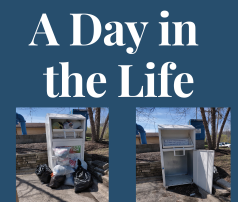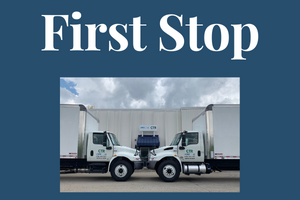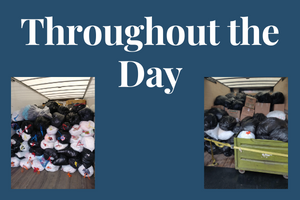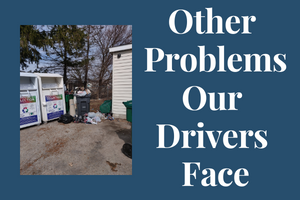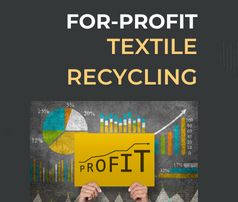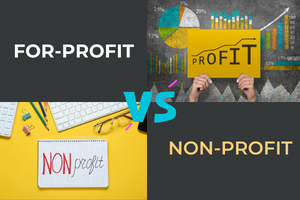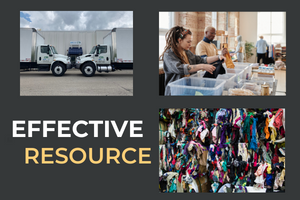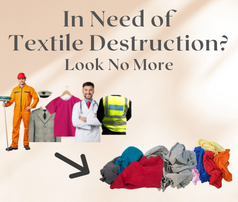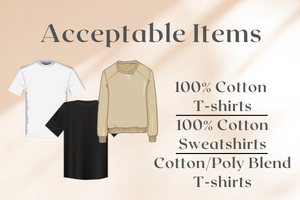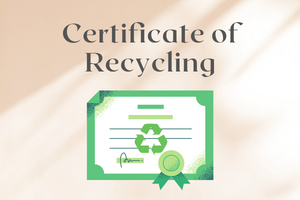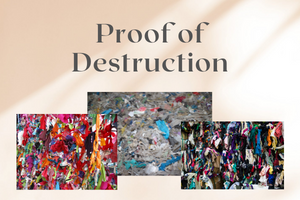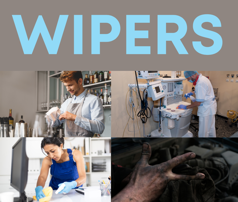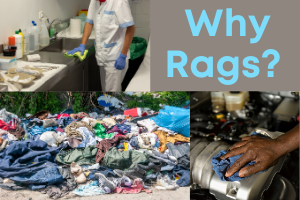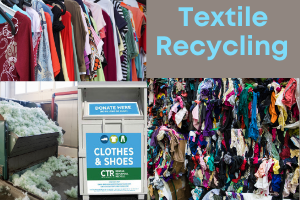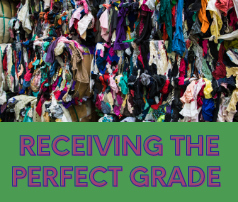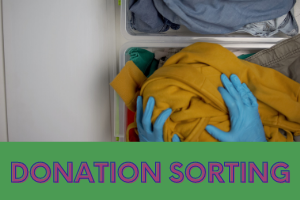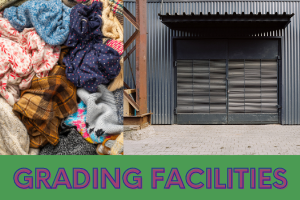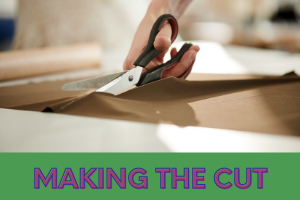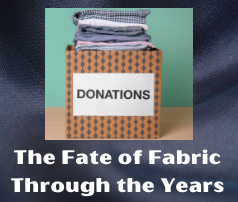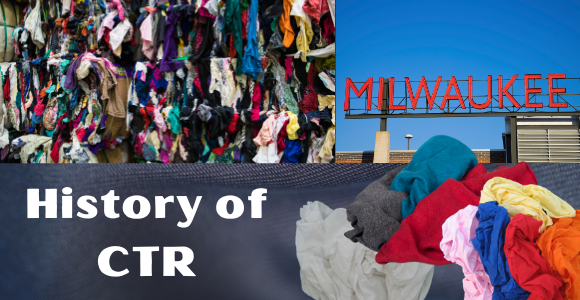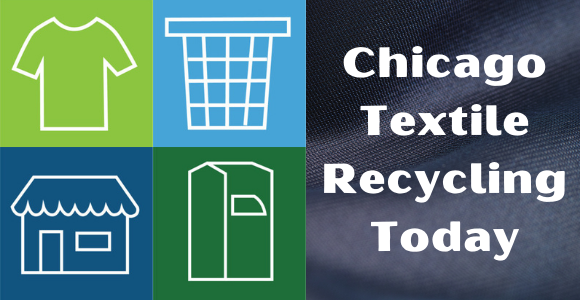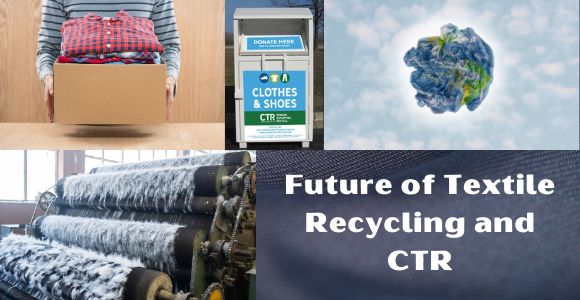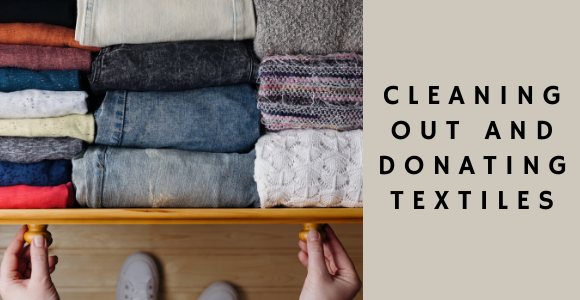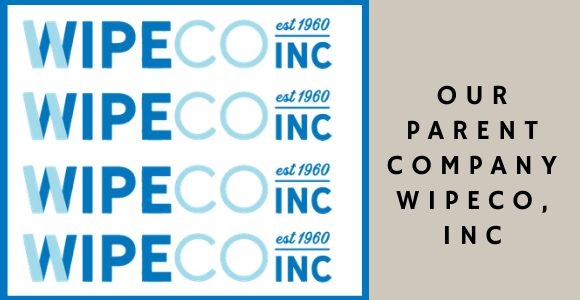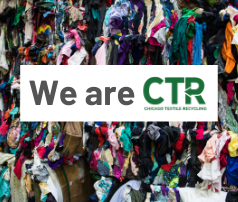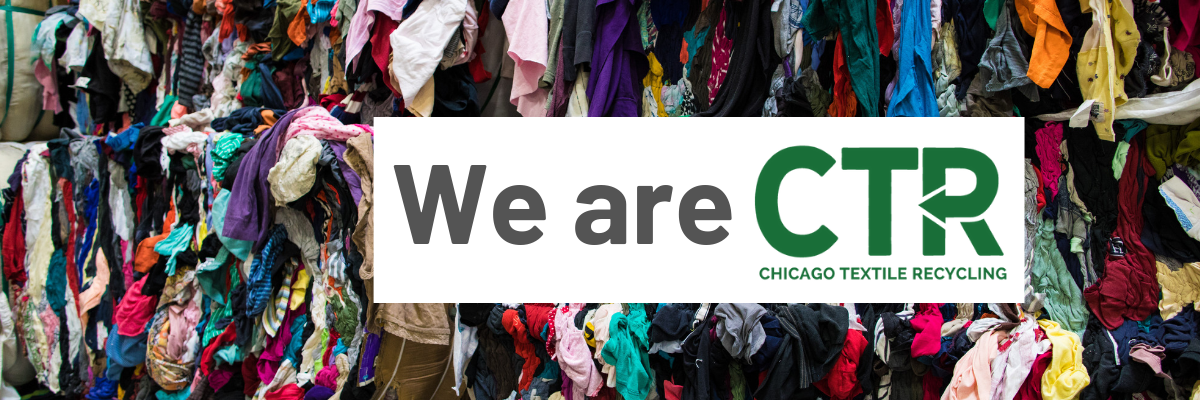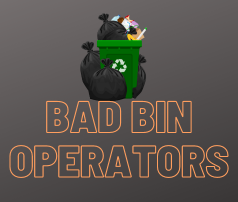
Bad Bin Operators

Over the years of collecting textiles at bins and partner resale stores, we frequently receive emails from recyclers asking why they cannot find a list of our bins on our website. The automatic reply we send back is this one:
As for your question regarding public lists, at this time we don’t provide a list of our bins. Unfortunately in our industry there are many illegal bin operators that don’t follow permitting and permission guidelines. These companies often search for public lists and drop illegal bins on the listed properties. This causes confusion and hassle for our donors as well as partner locations. So we keep our list private to help protect our recycling partners from these types of operations.
This response is frustrating for us as an organization that wants to encourage our donors to donate textiles and give you all the information you need to do so. We also know it is frustrating for our followers who want an easy and accessible way to find bins or partner stores. In this blog, we will explain more about the ins and outs of placing bins and how to do it reputably.
Bad Bin Operators
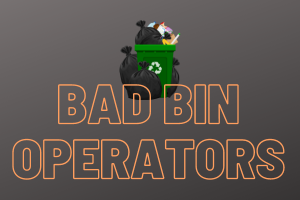
The primary reason we cannot provide a public list of our bins and partner stores is bad bin operators. There are always permits and guidelines involved in placing a textile recycling bin, and we have found that there are many illegal bin operators that don’t follow these.
One news report from a few years ago stated “In Chicago, the city requires permits for donation bins but our investigation found scores of unpermitted bins that litter the streets.” (found here) When unlabeled bins are placed, illegal dumping increases as the sites are not serviced regularly, if at all. Another news report stated, “Many bins overflow with uncollected items, are misused as trash receptacles and attract garbage pickers and vermin.” (found here) In addition, donations are often used for profit alone in the resale market rather than for nonprofit or for the purposes of textile recycling and cleaning up our planet.
Illinois Law for Bin Operators

Bad bin operators are violating numerous rules and regulations listed here when they fail to label or clean out their bins, or place them without permission from businesses they are placed beside.
“To obtain a permit, bin operators must follow guidelines, including paying a $100 permit fee every two years, posting the name and telephone number of a local contact person on the bins and maintaining an updated website, which lists the addresses of each collection bin maintained by the operator.” (found here)
Also these bins are required to make detailed map drawings of permanent structures and signs around the bin to obtain the initial permit, a letter signed by the property owner or lessee, provision of a bin large enough to hold requested donations and a commitment to regular maintenance and donation removal so that the bin doesn’t become dilapidated or overflow, among other regulations. (Found here)
SMART Bin Operator Code of Conduct
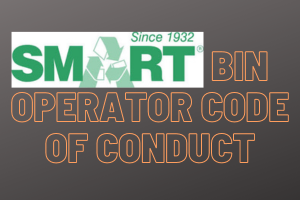
In addition to following Illinois laws for operating our bins, we go above and beyond by following the S.M.A.R.T. Bin Operator Code of Conduct, found here. A few ways we ensure the best care for our bins and relationship with those who donate is:
“3. Refrain from using deceptive or ambiguous labels/logos on bins that imply contributions will go to support a particular cause if there is no underlying affiliation with a charitable organization and clearly disclose the for-profit nature of your business on the collections bins”
And
“5. Service collection bins as often as necessary to avoid accumulation of recycled items or debris around said bins,”
And
“6. Provide the property owner and/or representative with a working phone number and commit to responding to any complaints regarding bin maintenance within 24 hours of receiving notification during regular business hours”.
How Can You Help
With the numerous rules required by the city and the additional code of conduct we follow for our bins, we are doing our part in providing the public with well-maintained and labeled bins. We are always looking to place more bins and make donating more convenient for our followers, so please reach out if there is a local business in your area willing to host a bin. Ways that you can help as you donate is to always work with or donate to reputable bin companies and to never leave items at unlabeled bins or bins that are already overflowing. Please contact us for any questions or to find the nearest bin or partner resale store to your location.
